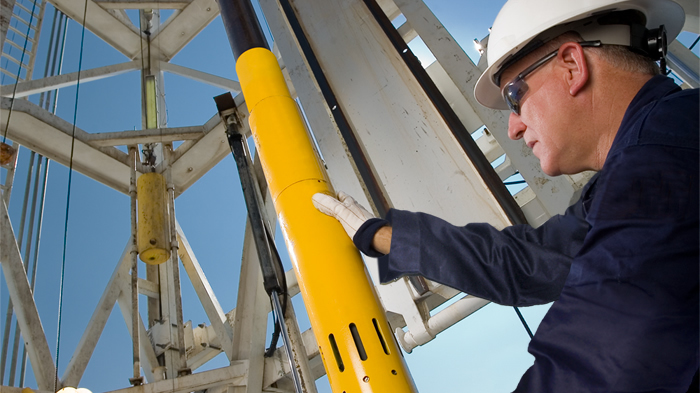
The booming Permian Basin in West Texas is continuing to add new rigs, but active drilling is falling almost everywhere else in the country, including in South Texas’ Eagle Ford shale that was hit by Hurricane Harvey.
The number of active oil-seeking rigs fell by five this week, while the gas-drilling rig count grew by four, creating a net loss of one rig, according to weekly data compiled by Baker Hughes, a GE company.
This is the second straight week the rig count is falling after seemingly plateauing earlier this summer.
The busy Permian Basin added six oil rigs, but Texas only gained one net rig. That’s because the Eagle Ford lost three rigs and the Panhandle’s Granite Wash shale removed another one. New Mexico added one rig, so one of those Permian rigs came on the other side of the state line.
Elsewhere, North Dakota and Oklahoma each lost three rigs and Colorado lost a pair.
The total U.S. rig count is now at 935 rigs, up from an all-time low of 404 rigs in May 2016, according to Baker Hughes. Of the total tally, 744 of them are primarily drilling for oil.
The Permian now accounts for 386 rigs, which is more than half of all the nation’s oil rigs. The next most active area is Texas’ Eagle Ford shale with 68 rigs. Texas is home to 453 rigs overall, while Oklahoma is second with 127 rigs.
New Mexico is next with 68 rigs, having recently surpassed Louisiana for third.
Despite this week’s jump, the oil rig count is down 54 percent from its peak of 1,609 in October 2014, before oil prices began plummeting.
This first appeared on the Houston Chronicle – an Energy Voice content partner. For more click here.